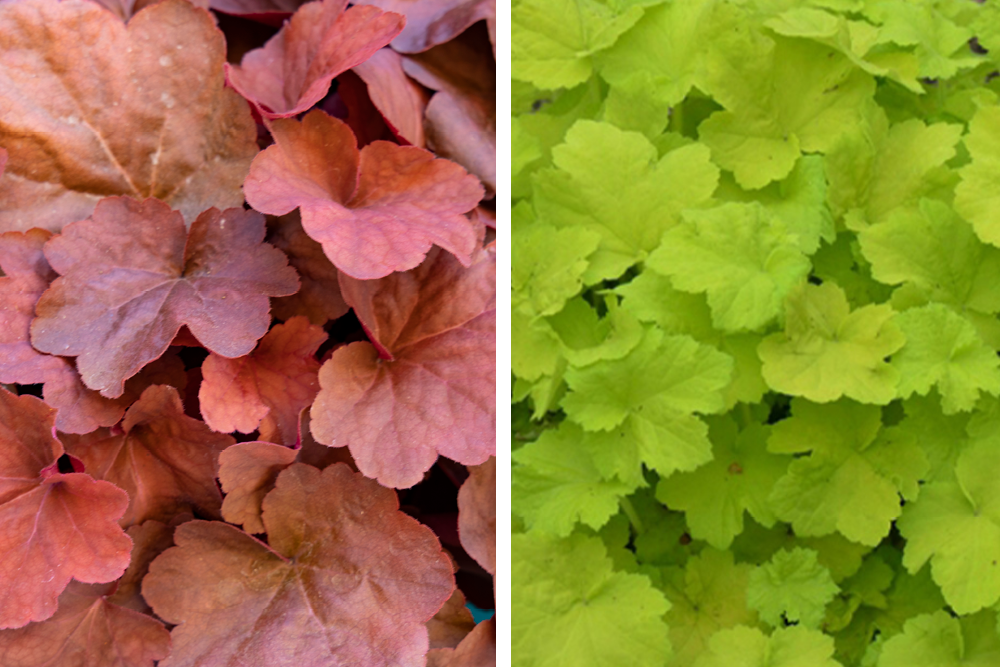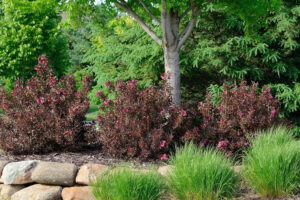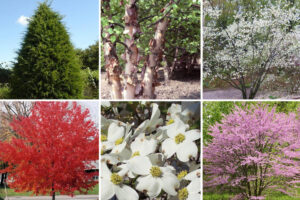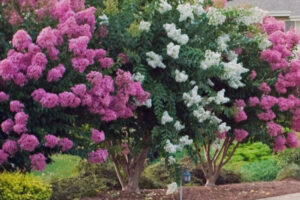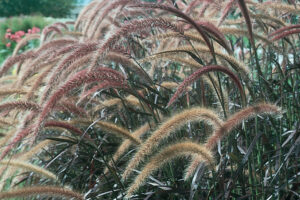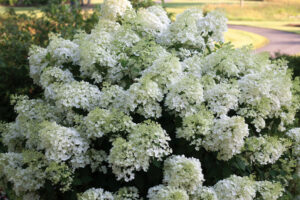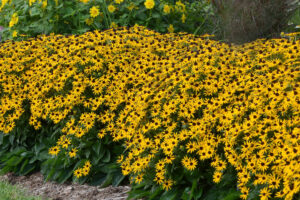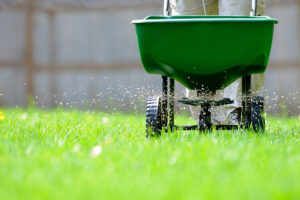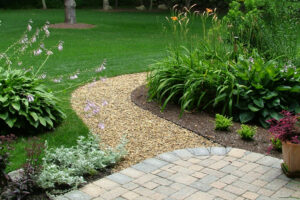Botanical Background
Heuchera, commonly known as Coral Bells, is a genus of perennials native to North America. The genus was named after Johann Heinrich von Heucher, an 18th-century German physician and botanist. These plants are part of the Saxifragaceae family, including other hardy perennials. Heuchera species are primarily native to woodland environments in the United States and Mexico, thriving in rocky, shaded areas.
The species was initially valued for its delicate bell-shaped flowers. Still, over time, breeders began to focus more on the plant’s foliage, which has become one of its most sought-after features in modern garden design. Over the past few decades, Heuchera has been heavily hybridized, resulting in various cultivars with striking foliage colors and patterns.
Hybridization and Cultivar Development
In the mid-20th century, Heuchera gained popularity as a garden plant when plant breeders began to hybridize native species to create more ornamental varieties. Today, dozens of Heuchera cultivars have various foliage colors, including shades of green, burgundy, purple, silver, orange, and chartreuse. Many cultivars also feature variegated or ruffled leaves, adding texture and depth to garden designs.
The focus on foliage has led to the development of cultivars that offer year-round color, even in winter, making Heuchera a staple in many gardens. Breeders have also worked to improve the plant’s hardiness and resistance to pests and diseases, ensuring that Heuchera can thrive in various environments.
Interesting Facts
1. Named After a Botanist: The genus Heuchera honors Johann Heinrich von Heucher, a German botanist and physician who lived in the 18th century. Despite his scientific contributions, he never studied the plant named after him.
2. Wide Variety of Foliage Colors: While early Heuchera species were prized for their flowers, modern varieties are primarily grown for their foliage. The wide range of leaf colors, shapes, and textures makes Heuchera a favorite for adding color and interest to shady garden areas.
3. Bell-shaped Flowers: Heuchera produces delicate, bell-shaped flowers that bloom on tall, slender stems in mid-summer. The flowers come in shades of pink, white, and red, and while small, they are known to attract hummingbirds and bees.
4. Evergreen Foliage: In milder climates, Heuchera remains evergreen, providing year-round interest in the garden. In colder regions, the foliage may die back in winter but will return in the spring.
5. Native Habitat: Heuchera species are native to North America, particularly in rocky woodlands and mountainous areas. They are naturally adapted to growing in shaded environments with well-drained soil, so they perform well in gardens that mimic these conditions.
6. Hybridization History: The hybridization of Heuchera started in the 19th century, but significant progress was made in the 20th century. Breeders focused on creating plants with more robust foliage, better disease resistance, and more vibrant leaf colors. Today, popular hybrids often combine traits from various North American species.
7. Resistant to Deer: Heuchera is deer-resistant, making it a popular choice for gardens where deer are common. The foliage and flowers are generally unappealing to deer, reducing the risk of damage.
8. Adaptable to Different Growing Conditions: Heuchera is highly adaptable and can grow in various garden settings. While it prefers partial shade, many cultivars can tolerate full sun in cooler climates. It is also tolerant of a wide range of soil conditions as long as it is well-drained.
9. Plant of the Year: In 1991, the Perennial Plant Association named Heuchera ‘Palace Purple’ the Perennial Plant of the Year, boosting its popularity. ‘Palace Purple’ is known for its deep burgundy leaves. It was one of the first varieties to gain widespread attention for its foliage.
Key Growing Information
- Bloom Time: Mid-summer, with flowers appearing on long, slender stems.
- Soil Requirements: Prefers well-drained soil with consistent moisture.
- Sun Exposure: Thrives in part shade, though some cultivars can tolerate full sun.
- Water Needs: Requires consistent moisture, especially in warmer climates.
- Foliage: Varies in color and texture, with options ranging from flat to ruffled or veined leaves in shades of green, burgundy, purple, and more.
Benefits of Heuchera (Coral Bells)
1. Attracts Pollinators: Heuchera’s delicate flowers attract hummingbirds, bees, and other pollinators, making it an excellent addition to pollinator-friendly gardens.
2. Year-round Foliage Interest: The wide range of colors and textures in Heuchera’s foliage makes it a valuable plant for year-round interest in the garden, especially in shady areas where other plants may struggle.
3. Versatile Use: Heuchera is incredibly versatile and can be used in various garden settings, including borders, edging, rock gardens, and ground cover. Its compact growth habit makes it an excellent choice for small gardens or container planting.
4. Low Maintenance: Once established, Heuchera is relatively low-maintenance. It requires minimal pruning and is generally resistant to pests and diseases, making it an easy plant for beginner and experienced gardeners.
5. Shade Garden Star: Heuchera thrives in partial shade and adds vibrant color to shady spots where many flowering plants may not perform as well. This makes it a valuable addition to woodland gardens and shaded borders.
Heuchera (Coral Bells) has a long history in North American gardens, evolving from a plant prized for its flowers to one celebrated for its vibrant foliage. With its wide variety of colors, shapes, and textures, Heuchera offers year-round interest, attracting pollinators and adding beauty to the garden’s sunny and shaded areas. Its adaptability, low maintenance, and deer resistance make it a favorite for gardeners looking for reliable, colorful ground cover or ornamental plants.

